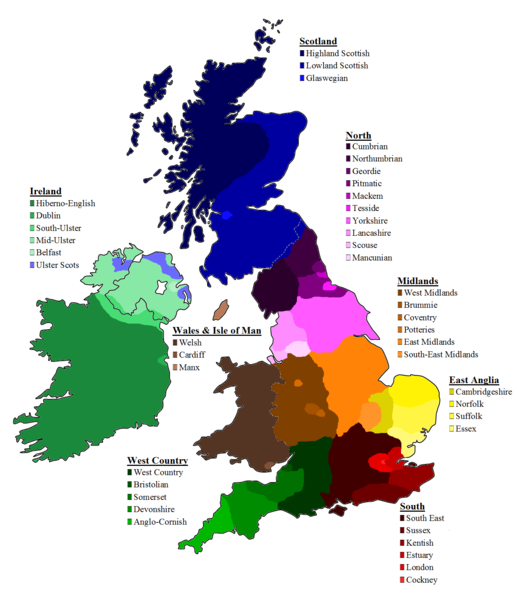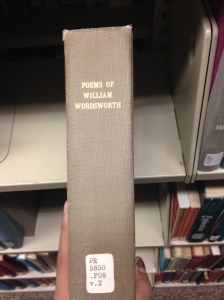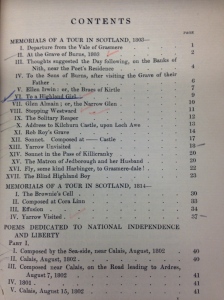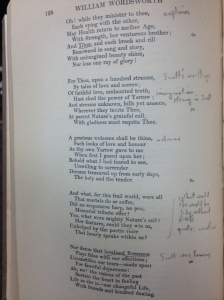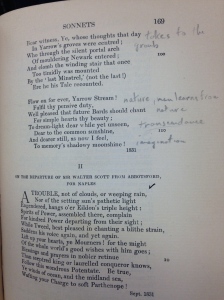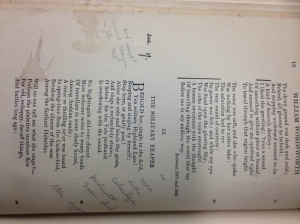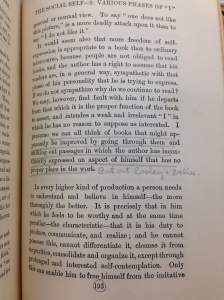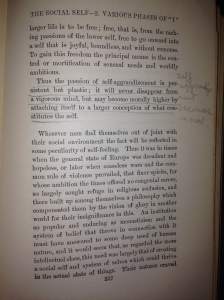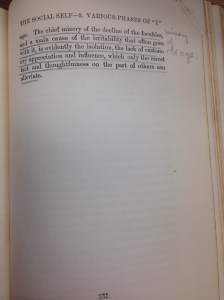While looking through the stacks of the Sojourner Truth Library, I found some marginalia traces as well as a few newspaper inserts in one of the first 5 books that I looked in (a very lucky find). The book is titled A Memoir of the Reverend Sydney Smith. This book was written by Reverend Sydney Smith’s daughter, Lady Saba Holland, in 1855, 10 years after Sydney Smith’s death, and was published in London. Reverend Sydney Smith was a 19th century English clergyman and writer.
This book is the first of two volumes, with this volume having the title the Life & Letters of Sydney Smith.
The marginalia trace that I found is right before the title page of the book, on the inside cover page. So when I first opened the book, I immediately hit jackpot. It’s written in fountain pen, which was the biggest indication that this is a trace from the 19th century. This is probably the signature of the original owner of this book. From inspection, it looks like it says the name “Olive B. Sarry”. It bummed me out because I spent some time trying to research the name, but I couldn’t find any clues to help me figure out who this person was.
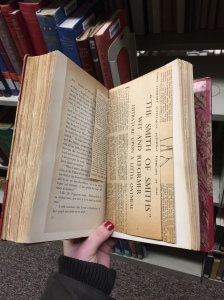
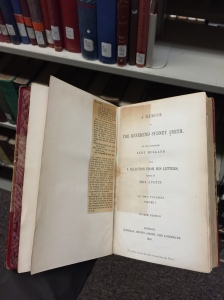
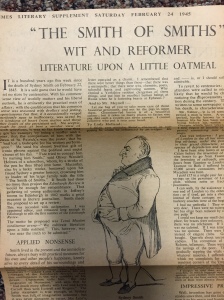
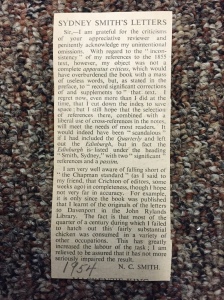
The other things that I found in this book were newspaper inserts that all pertained to Reverend Sydney Smith. They range from about 1945-1954. Though they’re not from the 19th century, I still thought that they were a really cool find. The first one that I found is pasted right on the title page. It’s an article called No Matter, talking about a man named Bishop Berkeley and his criticisms against Sydney Smith. I also found a couple newspaper inserts on page 448. One of them is from the Times Literary Supplement, a weekly literary review published in London.
Along with this, there were a few other little notes that I found written throughout the book. They seemed to be random numbers (or years?) written in pencil, so they might not be from the 19th century.
*Also, here’s my link to my submission to Book Traces!
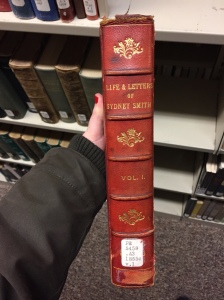
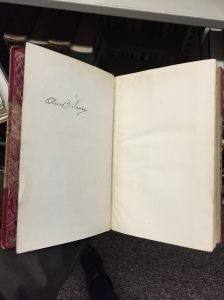
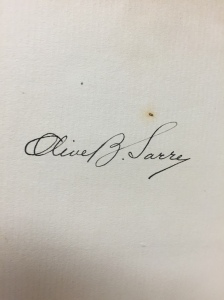
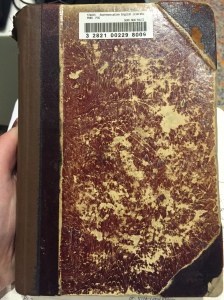
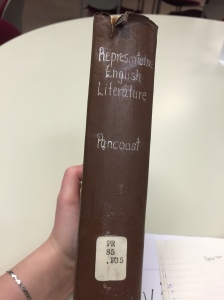 book is a copy of the Representative English Literature: From Chaucer to Tennyson, written by Henry S. Pancoast, published by Henry Holt and Company. This copy is dated at 1895, with the call number PR.85.P35. According to the book’s title page, Pancoast was an English literature lecturer. A Google search revealed his work on
book is a copy of the Representative English Literature: From Chaucer to Tennyson, written by Henry S. Pancoast, published by Henry Holt and Company. This copy is dated at 1895, with the call number PR.85.P35. According to the book’s title page, Pancoast was an English literature lecturer. A Google search revealed his work on 